Supply chain issues, record-high vehicle prices, and personnel disruption in the wake of the pandemic were problematic
Troy, Mich.—Vehicle problems after three years of ownership have reached the highest level since 2009, according to the new J.D. Power 2025 U.S. Vehicle Dependability Study (VDS). Compared with 2024 results, the industry experienced a 6% increase in problems per 100 vehicles.
The rise in problems is attributable to mass market brands experiencing an increase related in part to software defects.
“While the increase in problems this year may be a thorn in the side of automakers and owners, it’s important to remember that today’s three-year-old vehicles were built during a time when the industry was grappling with major disruptions,” said Jason Norton, director of auto benchmarking at J.D. Power. “Supply chain issues, record-high vehicle prices, and personnel disruption in the wake of the pandemic were problematic.”
Following are some key findings of the 2025 study:
- Problems related to software defects increase: Android Auto and Apple CarPlay connectivity remains the top problem in the industry for a second consecutive year. Built-in Bluetooth systems and Wi-Fi are also among the top problems related to software defects this year. While software defects comprise only 9% of the total problems owners experience, as vehicles become more software-reliant, this risk becomes more prominent.
- Personal device integration falls short: Of the top 10 problems industry wide, half are related to smartphone integration, usage or connectivity. Keeping pace with the rate of change in smartphone technology is a challenge for the auto industry. Over-the-air (OTA) updates provide automakers the opportunity to overcome out-of-date software, with 36% of owners indicating they performed an OTA on their vehicle during the first three years of ownership. However, only 30% of these owners say there was an improvement after the update, while 56% of owners say there was no noticeable improvement.
- Battery electric vehicles (BEVs) get better as plug-in hybrid electric vehicles (PHEVs) get worse: BEVs have improved year over year, while PHEVs have declined, making PHEVs the most problematic of all vehicle fuel types. Hybrid vehicles experience the fewest problems, followed by gas-powered vehicles; BEVs; diesel; and PHEVs. The gap between gas-powered vehicles and BEVs has narrowed significantly this year.
- New model launches struggle: Of the 27 new models that launched in the 2022 model year, only four have performed better than their segment average for dependability.
Highest-Ranked Brands
Lexus ranks highest overall in vehicle dependability for a third consecutive year. Among premium brands, Cadillac ranks second and Porsche ranks third.
Buick ranks highest in the mass market segment. Mazda ranks second and Toyota ranks third.

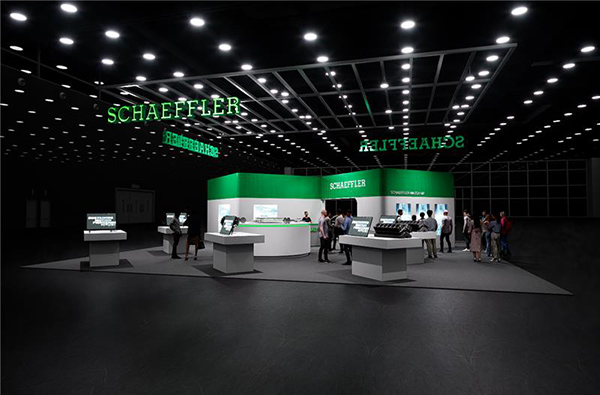
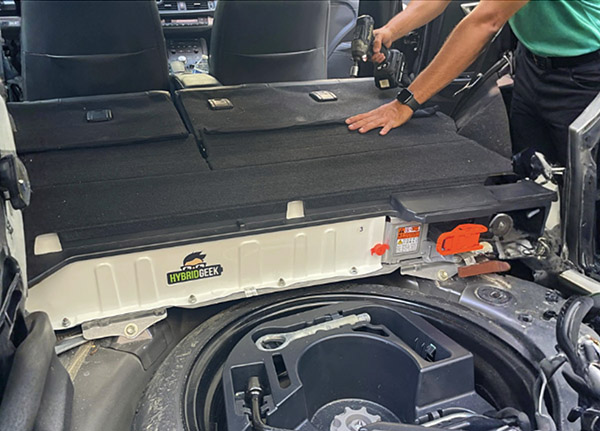
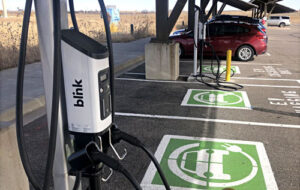
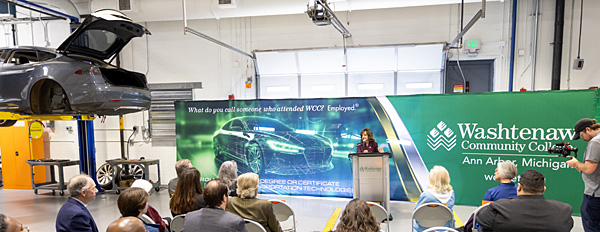

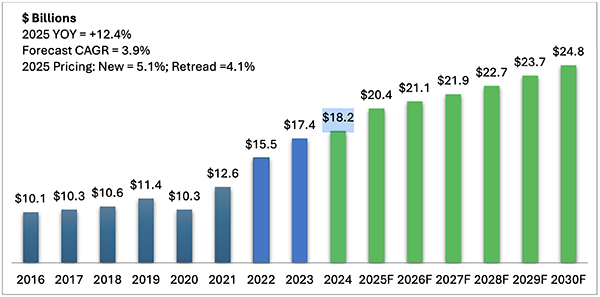
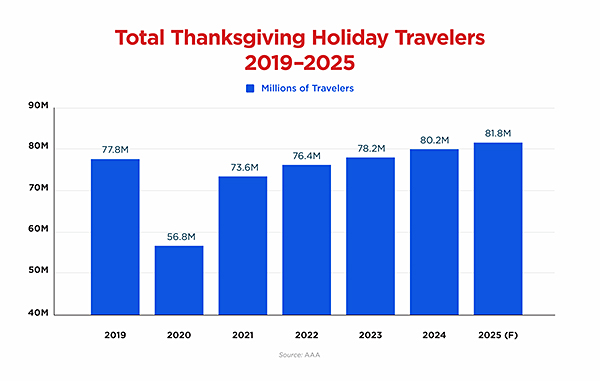

Comments are closed.